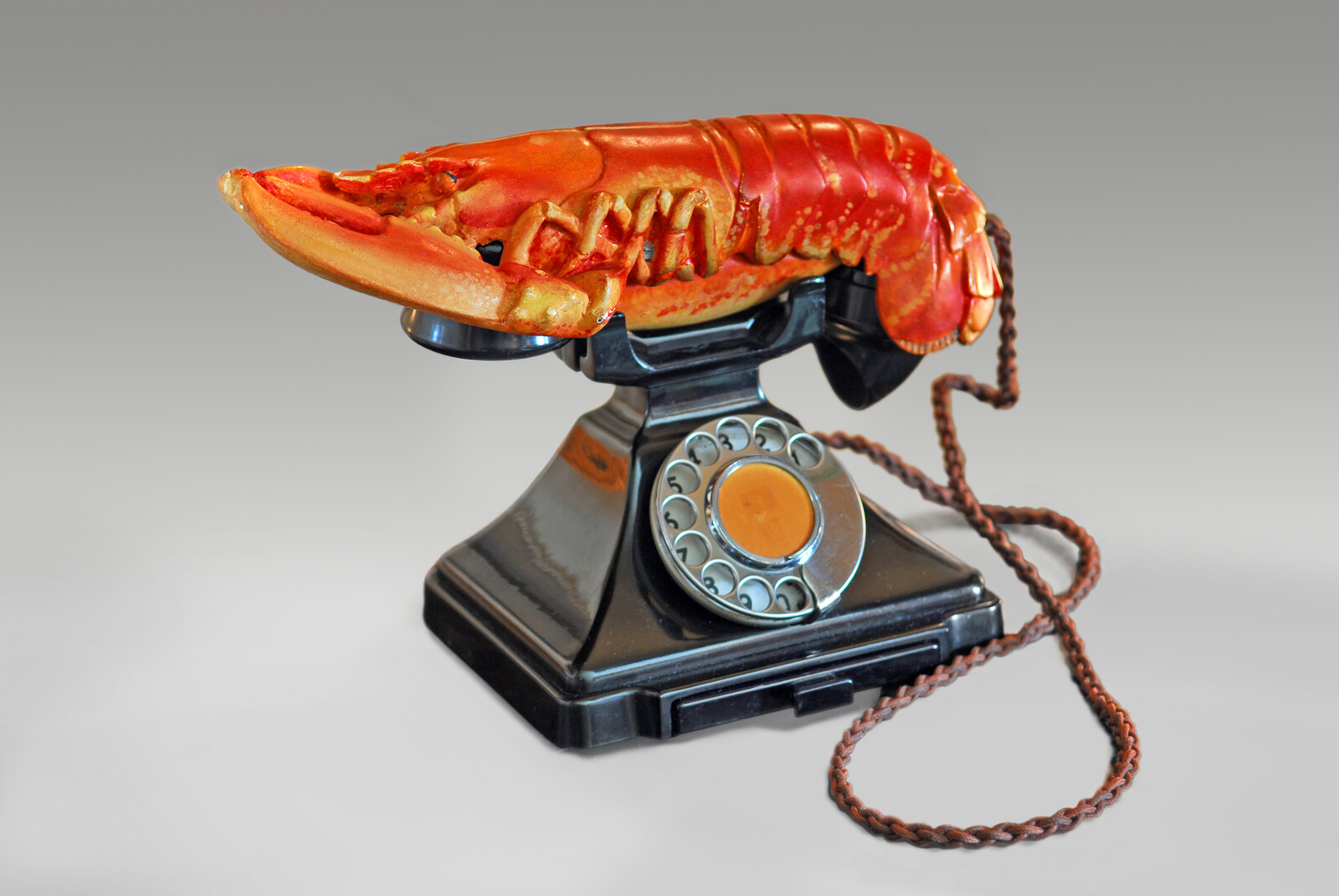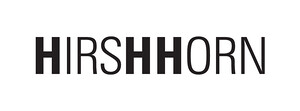Surrealist Sculpture from Paris to New York
October 29, 2015–February 15, 2016
Independence Avenue at Seventh Street SW
Washington, D.C., 20560
USA
Hours: Monday–Sunday 10am–5:30pm
Marvelous Objects: Surrealist Sculpture from Paris to New York is the first major museum exhibition devoted to a comprehensive examination of the movement’s three-dimensional works. International in scope, this project brings together more than 120 works by artists from France, Germany, Great Britain, Spain, Switzerland, and the United States from the 1920s to the 1950s.
Marvelous Objects rebalances traditional views about Surrealist sculpture by placing equal emphasis on organic abstraction (biomorphism)—which originated in the whimsical reliefs of Jean Arp—and found-object assemblage—which originated in the Assisted Readymades of Marcel Duchamp.
Among the 85 sculptures in the exhibition are Duchamp’s Why Not Sneeze, Rose Sélavy?, 1921; Arp’s Shirt Front and Fork, 1922; Alberto Giacometti’s Woman with Her Throat Cut, 1932; Man Ray’s Object to Be Destroyed, 1932; David Smith’s Saw Head, 1933; Henry Moore’s Two Forms, 1934; Alexander Calder’s Devil Fish, 1937; Salvador Dalí’s Lobster Telephone, 1938; and Isamu Noguchi’s Lunar Landscape, 1943–44. There is also a partial recreation of the 1938 International Exhibition of Surrealism, a landmark installation from which little original work has survived.
Marvelous Objects’ 192-page catalogue features a comprehensive essay and chronology that reflect groundbreaking research by Hirshhorn senior curator Valerie Fletcher, who organized the exhibition. Designed to serve as a resource for future scholars, the volume contains color reproductions of many works that are too fragile to travel and also rescues from obscurity several rarely reproduced historical texts, including excerpts from Dalí’s 1932 essay The Object as Revealed in Surrealist Experiment, facsimile pages from The Abridged Dictionary of Surrealism, and evocative poems by Arp and Smith.


